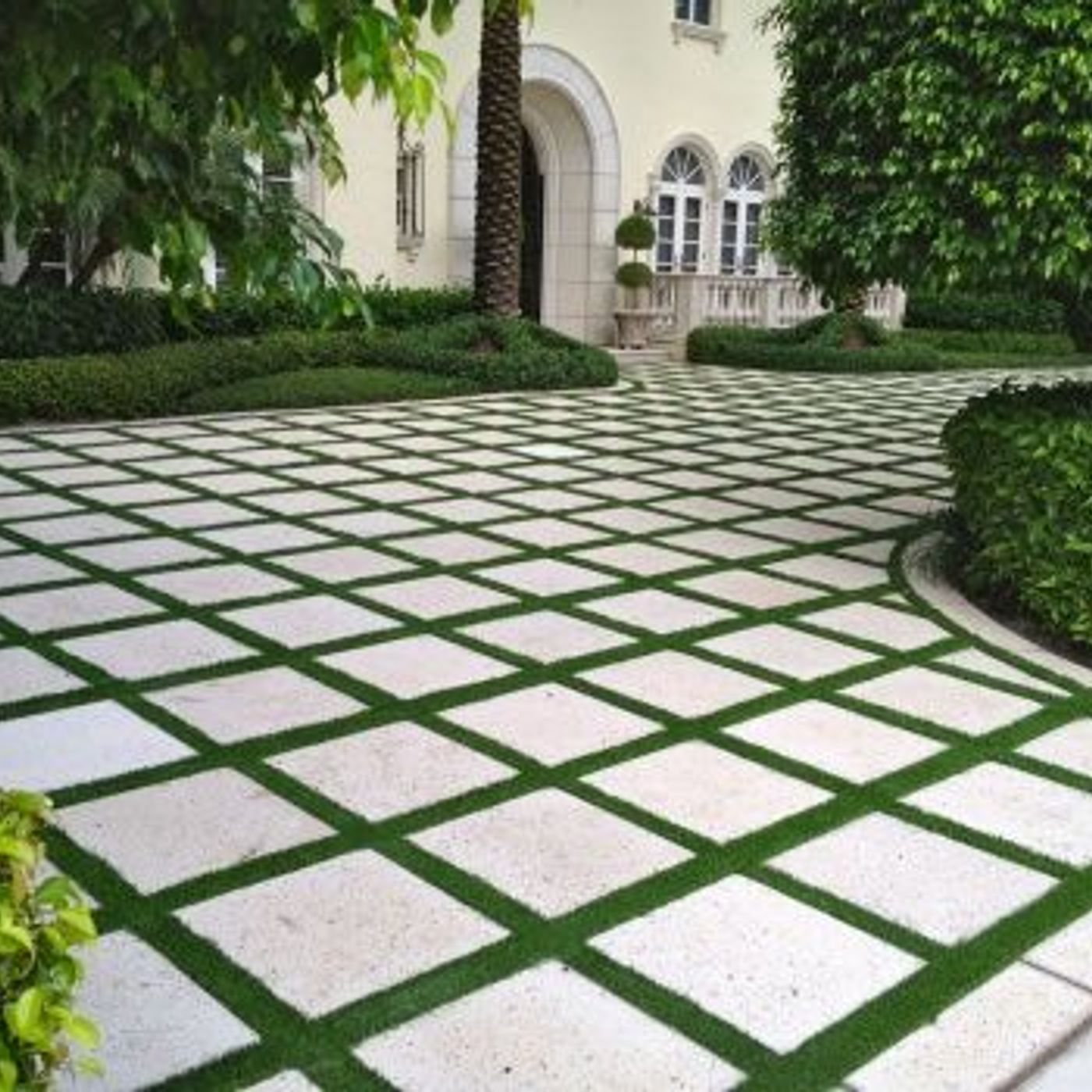Deliver beauty to your projects with Synthetic Turf

Artificial Turf Misconceptions
The use of artificial turf in residential properties is gaining popularity. However, it comes with a slew of misconceptions that make homeowners hesitate over installing this synthetic material in their yards. Some of the myths involve false concerns about safety, toxicity, and heat exposure.
If you\u2019re considering boosting the appeal of your yard with artificial turf but are unsure about it, then you should learn these facts. They may help you make an informed decision.
Artificial Turf Is Actually Safe For Kids And Pets
Some people fear that the materials used in the artificial grass are\xa0not safe. The truth, however, is that the industry has been improving its manufacturing standards and requirements to ensure the product\u2019s safety. In fact,\xa0more than 50 credible studies\xa0from various government and other relevant groups have validated the safety of this product.
Like carpet, artificial grass utilizes poly and nylon yarn fibers, which make up a primary backing system securely attached to a secondary backing system. This secondary system, on the other hand, is usually made of urethane or olefin. These materials are safe for both children and pets in their everyday use.
Artificial Turf Is Actually Non-Toxic
Just because it\u2019s not natural doesn\u2019t mean it\u2019s toxic or harmful to health. Artificial turf is made of recycled materials, which undergo a process that gets rid of heavy metals in them. Silica sand and crumb rubber are the most commonly used \u201cinfill\u201d to make artificial turf. Other household items such as mugs, rubber playground surfaces, and wet suits use the same material. This infill is what\u2019s responsible for the turf\u2019s cushioning and blade support.
Artificial Turf Is Not Prone To Overheating
It\u2019s true that artificial turf gets warmer than natural grass. This is because of the turf\u2019s lack of moisture that natural grass and other living organisms have in their veins. Thanks to recent fiber innovations, though, artificial grass doesn\u2019t retain too much heat. They actually reduce the heat that artificial grasses gain to keep the fibers cool.
There are also products that are designed to maintain a normal temperature, which is formed with a built-in inability to absorb heat from direct sunlight. There are also fibers that can redirect or deflect sunlight to maintain a cool temperature.
Knowing the facts about\xa0artificial turf\xa0is crucial in your decision. You should get assistance from reliable manufacturers and installers so that you can purchase the right product for your home. They can also provide you tips and advice on how to make the most of your artificial grass.